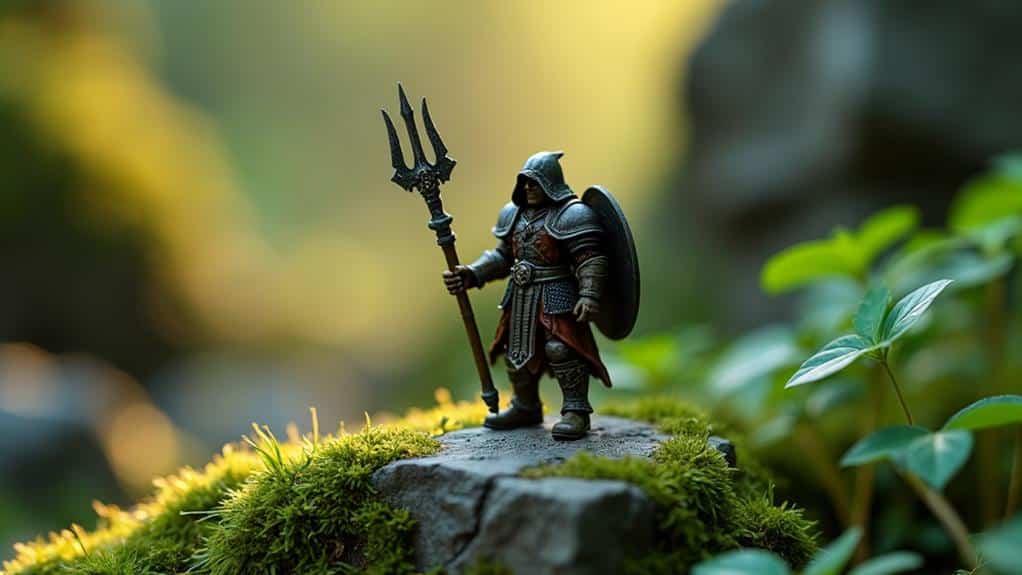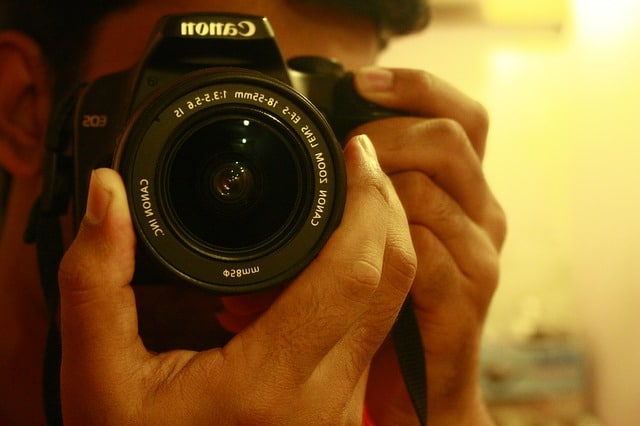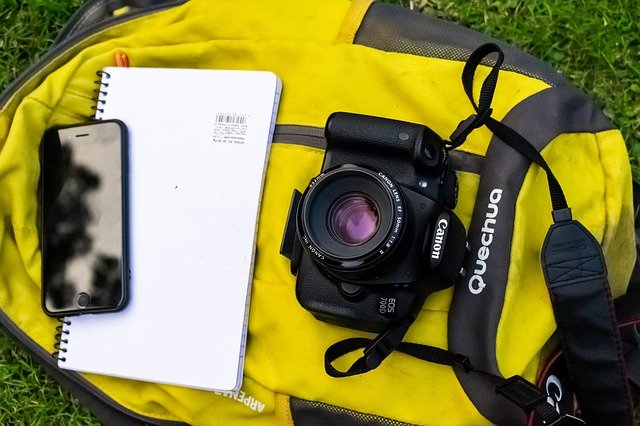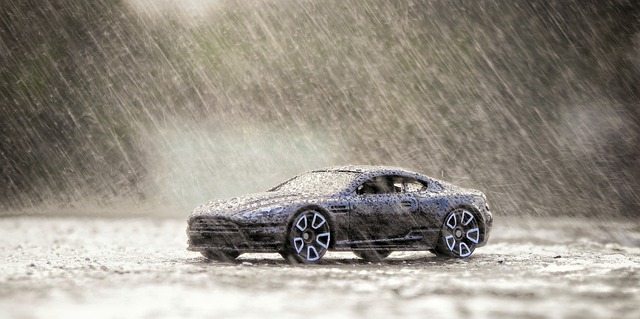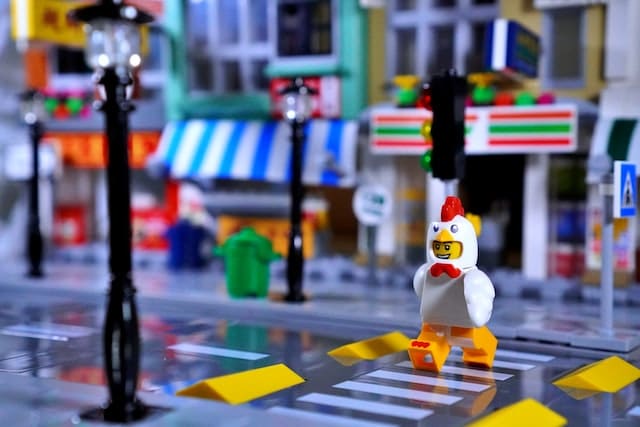You're setting up your miniature figure photography shoot, and you want to capture the perfect shot. You know that experimenting with different camera angles can make or break your image. You try an eye-level angle, and suddenly your figure looks relatable and lifelike. But what if you want to convey heroism or confidence? Or highlight the intricate details of the environment? There are two more essential angles to master, and once you do, you'll access new possibilities for creative storytelling. Let's explore how a simple shift in perspective can transform your photography.
Eye-Level Angle for Intimacy
How do you make your miniature figures appear more relatable and engaging? One effective way is to shoot from an eye-level angle. By positioning your camera at the same height as your miniature figure, you create a sense of intimacy and immediacy. You're fundamentally putting your viewer in the same space as the figure, making them feel more connected to the scene. To capture the intricate details of your miniature figure, consider using a macro lens, such as the Canon EF 100mm f/2.8L IS USM Macro Lens macro photography, which excels in capturing life-sized images with stunning clarity. When shooting from eye level, you're also able to capture the textures and details of the figure more effectively. The camera is close enough to pick up on the intricate details, making the figure feel more lifelike. Additionally, an eye-level angle helps to create a sense of vulnerability and openness. Your figure is presented in a straightforward and honest way, without the distraction of dramatic angles or forced perspectives. This subtle approach allows your viewer to focus on the figure itself, taking in its pose, expression, and accessories. By using an eye-level angle, you invite your viewer to form a connection with your miniature figure.
Low-Angle Shot for Heroism
Contrasting with the intimate and vulnerable feel of an eye-level shot, a low-angle shot can instantly elevate your miniature figure to heroic status. By positioning your camera below the figure's eye level, you create a dynamic and powerful composition that makes your subject appear confident and strong. You're fundamentally placing the viewer in a position of looking up to the figure, which evokes a sense of respect and admiration. To add an extra layer of depth to your narrative, consider experimenting with lighting conditions and camera settings to capture the desired image, and practice creating stories through toy photography to make it second nature. When using a low-angle shot, you can experiment with different lenses and apertures to create a dramatic effect. A wide-angle lens can exaggerate the figure's features and make them appear even more imposing, while a shallow depth of field can blur the background and focus the viewer's attention on the hero. As you shoot, consider the lighting – a well-placed highlight can accentuate the figure's contours and emphasize their heroic persona. By mastering the low-angle shot, you can add a new level of narrative depth to your miniature figure photography and create images that convey courage, strength, and heroism. This technique is especially effective for capturing figures with dynamic poses or powerful auras.
Overhead Angle for Environment
Many photographers overlook the overhead angle in miniature figure photography, but it's a highly effective way to showcase the environment and create a sense of atmosphere in your scenes. By shooting directly from above, you'll emphasize the layout and details of the setting, drawing the viewer's attention to the textures, patterns, and accessories that make your scene feel immersive. This angle works particularly well when you've invested time and effort into crafting a richly detailed environment, such as incorporating natural scenery or using creative backgrounds that complement your miniature figures. Consider the mood to be conveyed in your scene, whether it's natural and rustic or whimsical and modern, and choose a background that complements the subject, avoiding distractions. To make the most of the overhead angle, you'll want to pay attention to the composition of your scene. Consider the placement of your miniature figures and the negative space around them. Balance the elements in your scene to create a visually appealing arrangement. You can also experiment with different lens settings and lighting setups to enhance the mood and atmosphere of your scene. By mastering the overhead angle, you'll add a valuable tool to your photography toolkit and tap into new creative possibilities for showcasing your miniature worlds. For capturing the overhead angle in miniature figure photography, consider using a tripod to keep your camera steady and experiment with different angles to find the most dynamic and visually interesting perspective. Invest in high-quality lenses and equipment, such as Sony mirrorless camera bodies, to ensure the best image quality and versatility in your photography. These tools will allow you to fully explore and showcase the intricate details of your miniature worlds from a unique and compelling vantage point, contributing to the overall impact and appeal of your photography.
At a Glance
You've now got the tools to take your miniature figure photography to the next level. By mastering the eye-level, low-angle, and overhead shots, you can experiment with composition, lighting, and lenses to create visually stunning images. You'll draw your viewers in, tell a story, and evoke emotions. Keep practicing, and you'll develop your own unique style. Your miniature figures will come to life, and your photography will be more engaging than ever.

